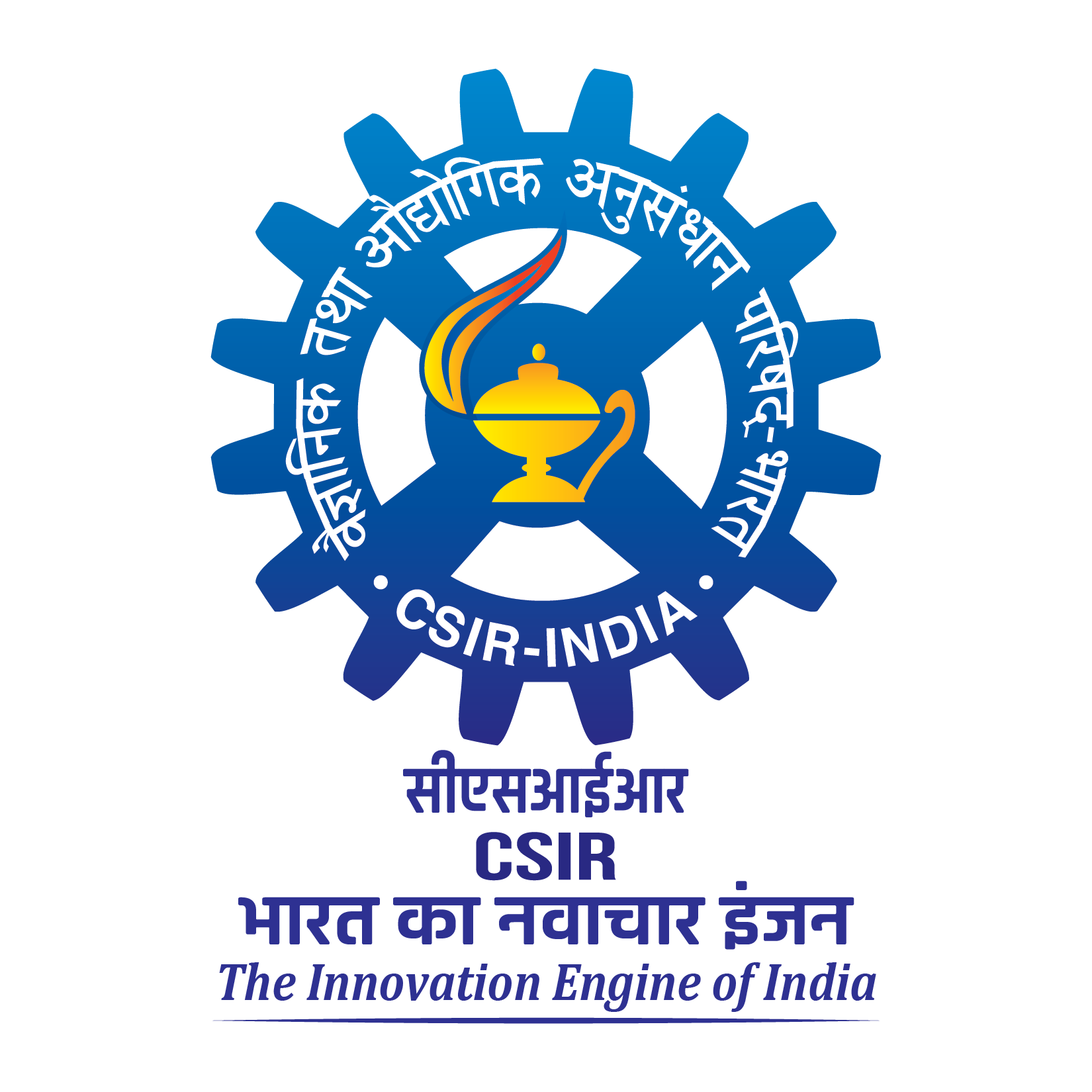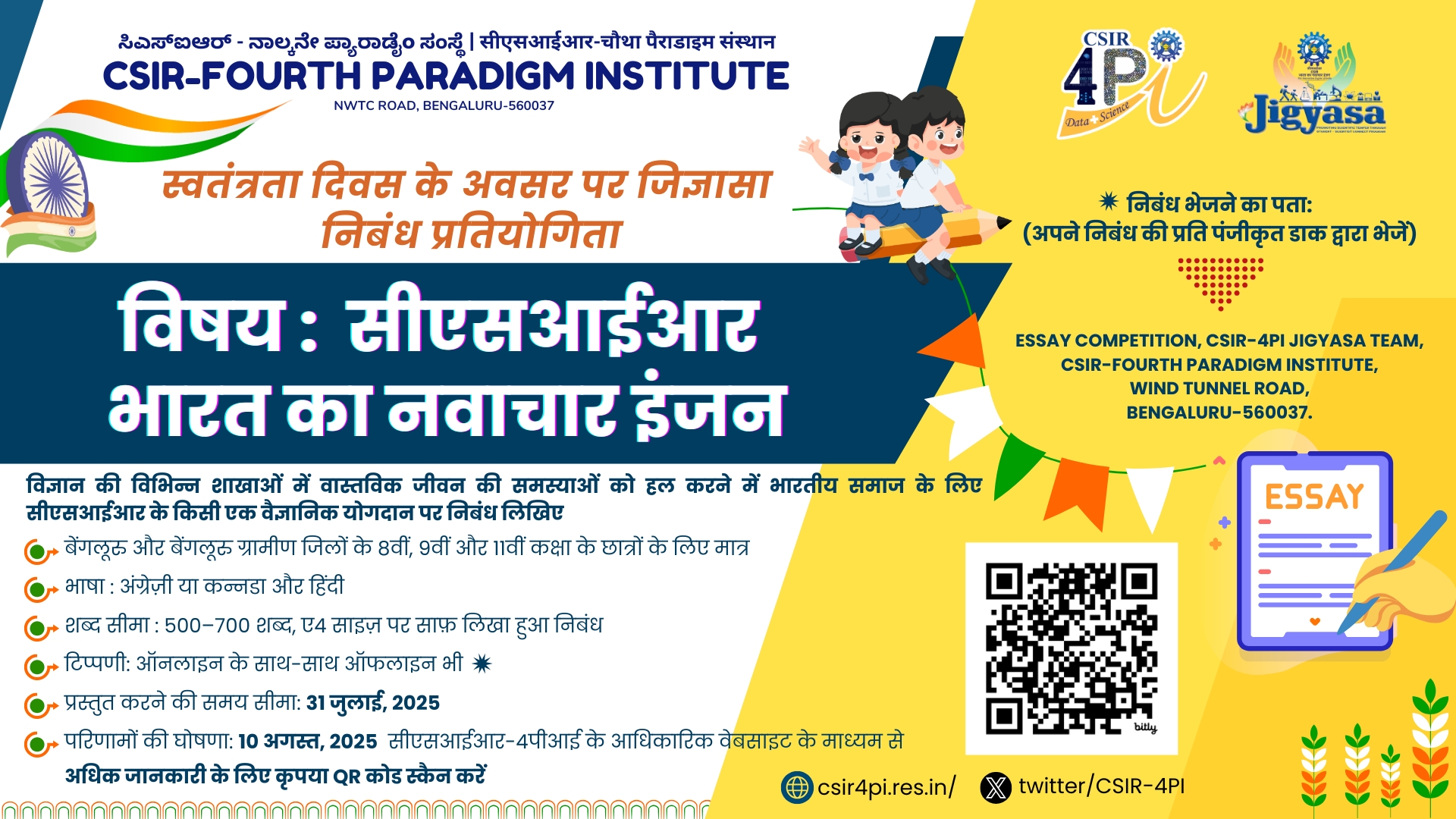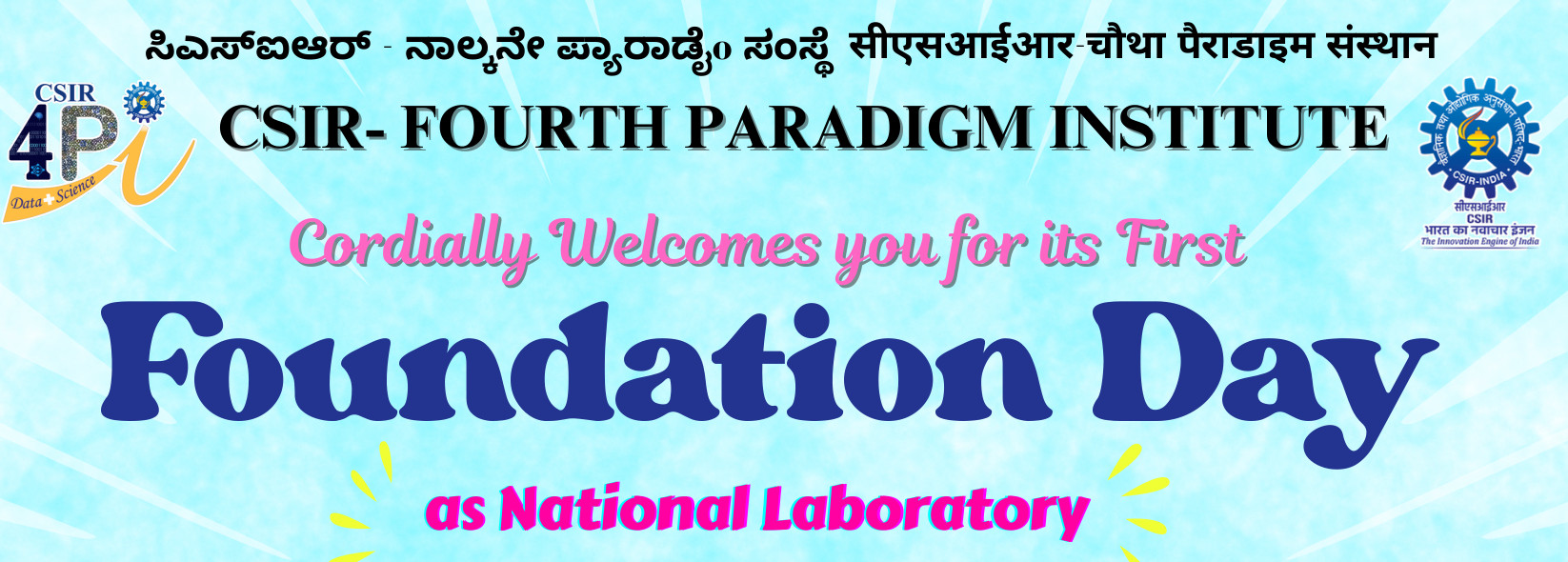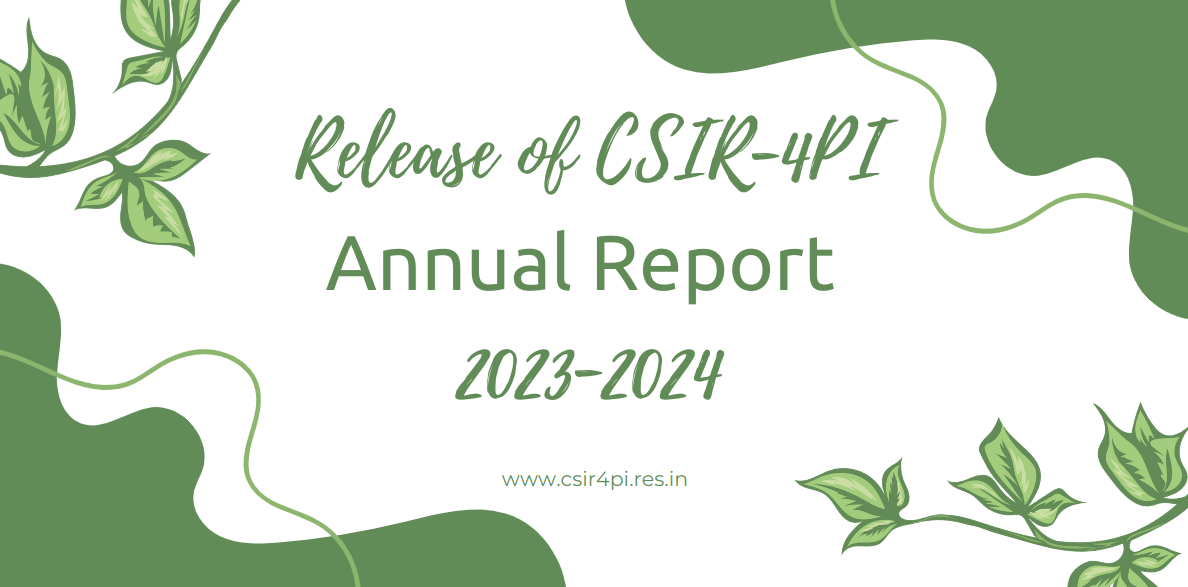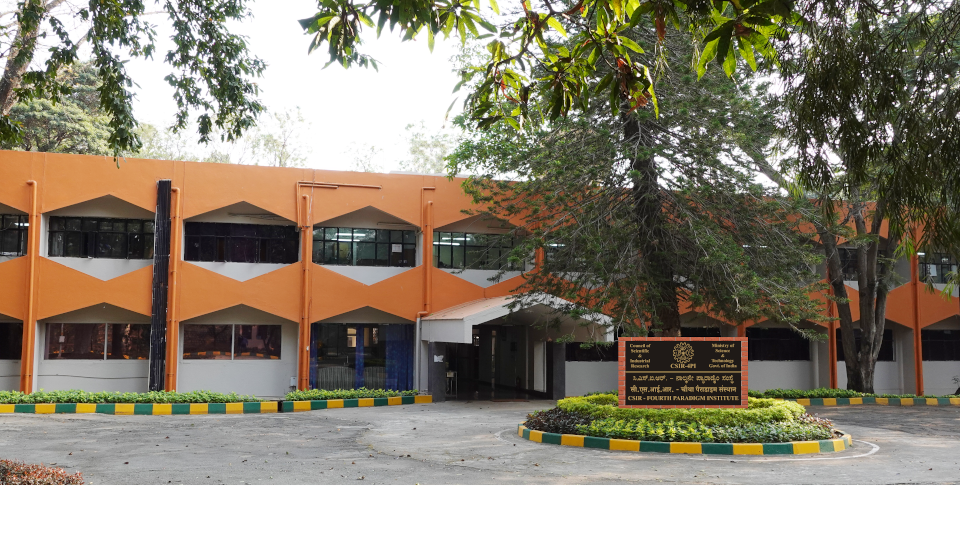by Gyanendranath Mohapatra, V. Rakesh, Smrati Purwar & A. P. Dimri
Understanding and quantifying long-term rainfall variability at regional scale is important for a country like India where economic growth is very much dependent on agricultural production which in turn is closely linked to rainfall distribution. Using machine learning techniques viz., cluster analysis (CA) and principal component analysis (PCA), the spatial and temporal rainfall patterns over the meteorological subdivisions in India are examined. Monthly rainfall data of 117 years (1901–2017) from India Meteorological Department over 36 meteorological subdivisions in India is used in this study. Using hierarchical clustering method, six homogeneous rainfall clusters were identified in India. Among the rainfall clusters, Group 1 had 30% dissimilarity with Groups 2, 3, and 4 while Group 5 and Group 6 are highly dissimilar (more than 90% dissimilarity) with the rest of the groups. Rainfall seasons in each group were further classified into dry, wet, and transition periods. The duration of dry period is smaller in group which consists of subdivisions from southern part of the country. The transition period between dry and wet period was found to be smaller for subdivisions in the coastal region. Both CA and PCA showed high rainfall variability in Groups 5 and 6, which comprise subdivisions from north east, Kerala, Konkan, and costal Karnataka and low rainfall variability in Groups 1 and 2 which comprise subdivisions from east, north, and central part of the country. Strong negative trend in annual and Indian summer monsoon rainfall is seen in northeast India and Kerala while positive trend is observed over costal Karnataka and Konkan region. The negative trend in post monsoon rainfall particularly over the peninsular and northeast India indicates weakening of northeast monsoon rainfall in the country.
